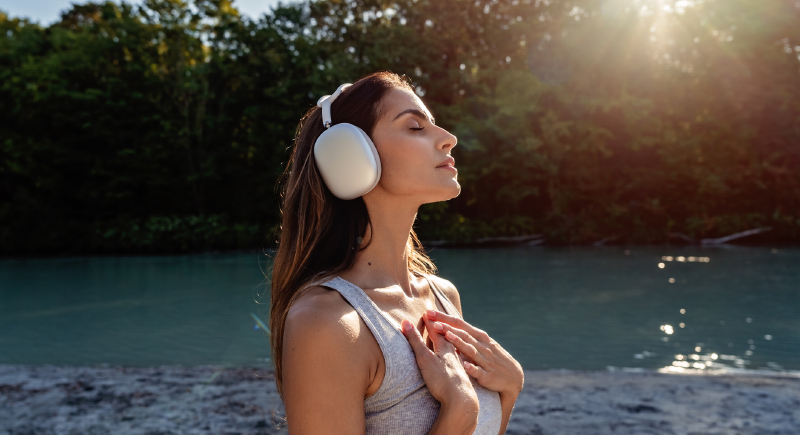Exercise Could Help Your Vitamin D Levels as Much as Pills
When the summer sun fades and the days get shorter, you might notice yourself feeling a little more tired, melancholic, or even catching colds. This happens to millions of us every year, and it’s often tied to a lack of vitamin D. The standard advice is to hit the pharmacy for a supplement.
But what if there was another way to get your fix? New science suggests that your workout might be just as powerful as a supplement for keeping your vitamin D levels high.
Why We Need the Sunshine Vitamin

Image via iStockphoto/Tetiana Soares
Before we get to the workout, let’s talk about why vitamin D is so important. This vitamin is essential for strong bones and a healthy immune system. Without enough of it, you can feel run-down. It’s a widespread issue.
In places where sunlight is scarce for half the year, millions of people have low levels. A recent UK government review found that one in six adults has a deficiency, a number that’s likely similar in other northern climates. Symptoms like constant fatigue and low mood are common signs that you might be missing out on your daily dose of sunshine.
The usual answer is to pop a vitamin D pill. However, a new study shows that regular exercise might help protect your vitamin D levels during these periods.
The Science Behind the Sweat
Researchers from the Universities of Bath, Birmingham, and Cambridge wanted to know if exercise could make a real difference in vitamin D levels. They put together a 10-week trial over the winter. The study involved 41 participants who were overweight or obese, a group for whom supplements are often less effective.
Half the group followed a consistent indoor workout program, while the other half did not. The exercise regimen comprised four weekly sessions, including treadmill walks and bike rides. The researchers carefully ensured that the participants’ body weight remained stable throughout the trial, so they could prove any benefits came from exercise alone, not weight loss. The results were incredible. The exercise group saw their vitamin D levels drop by only 15% over the winter. The non-exercising group, on the other hand, saw a much more significant drop of 25%.
The study also found that regular workouts completely preserved the body’s active form of vitamin D, the type that actually gets to work helping your bones and immune system. This is something that previous research suggests supplements don’t do as well. The non-exercising group saw their levels of this active form fall by 15%.
This means working out might not just help you maintain vitamin D, it could also help your body use it better. However, it’s important to note that exercise may not be enough for everyone, especially for those with severe deficiencies.
The Workout vs. The Pill

Image via iStockphoto/Helin Loik-Tomson
The findings of this study are a powerful reminder that we still have lots to learn about how exercise helps our health. One of the study’s lead researchers even called the benefits of exercise a “double benefit.” It’s also good to remember that exercise is just one piece of the puzzle. You can also get vitamin D from certain foods like oily fish, eggs, and red meat. Staying healthy is a team effort. A good workout and a balanced diet can be just as good—if not better—than a bottle of pills. Perhaps further research could validate this for the wider population.